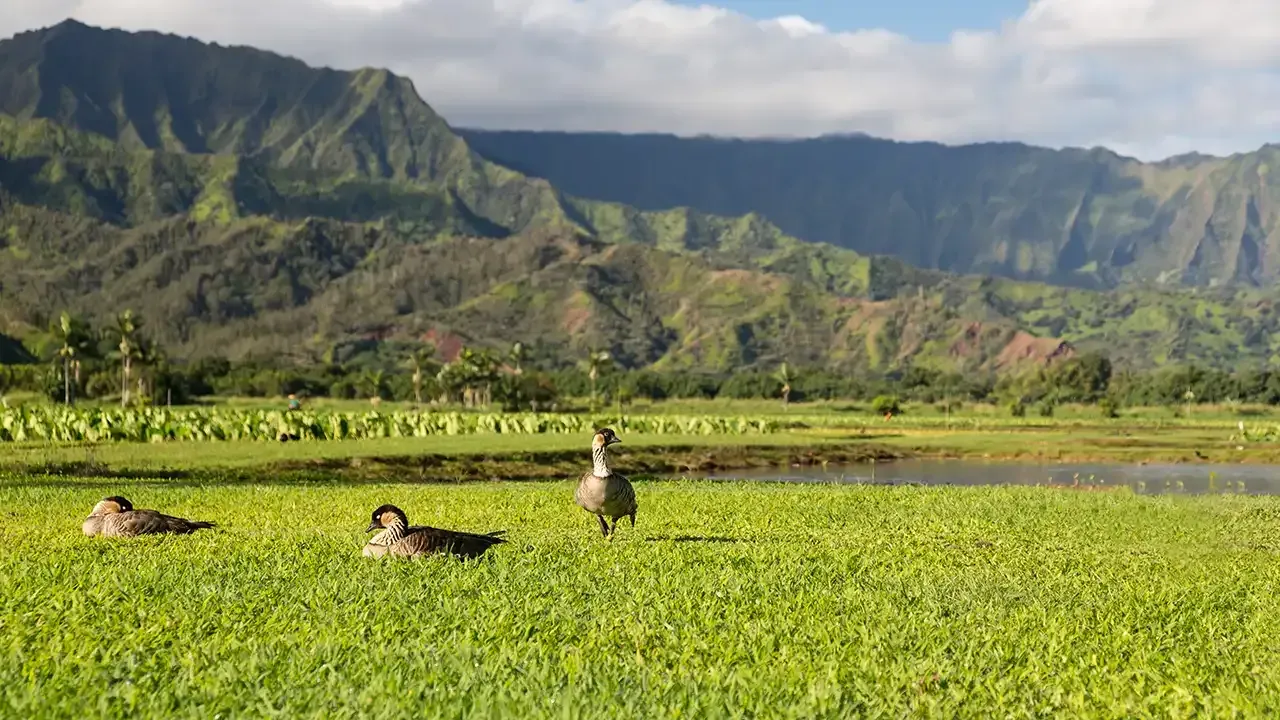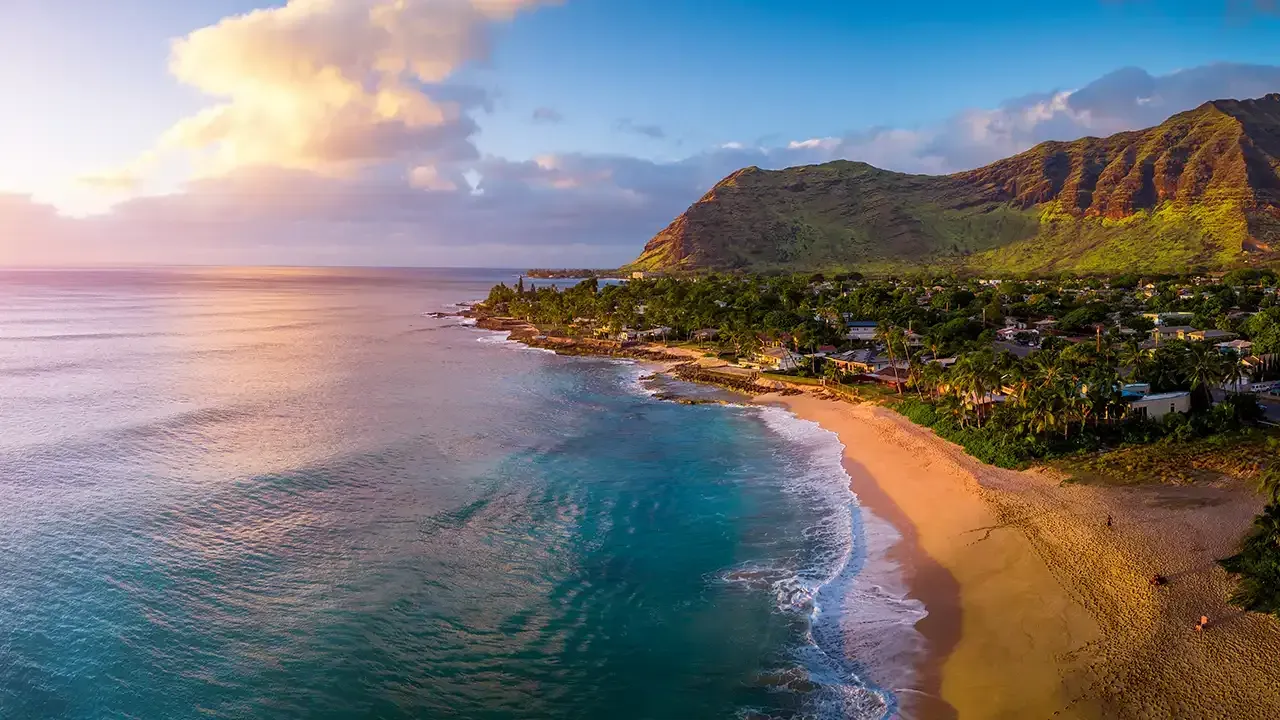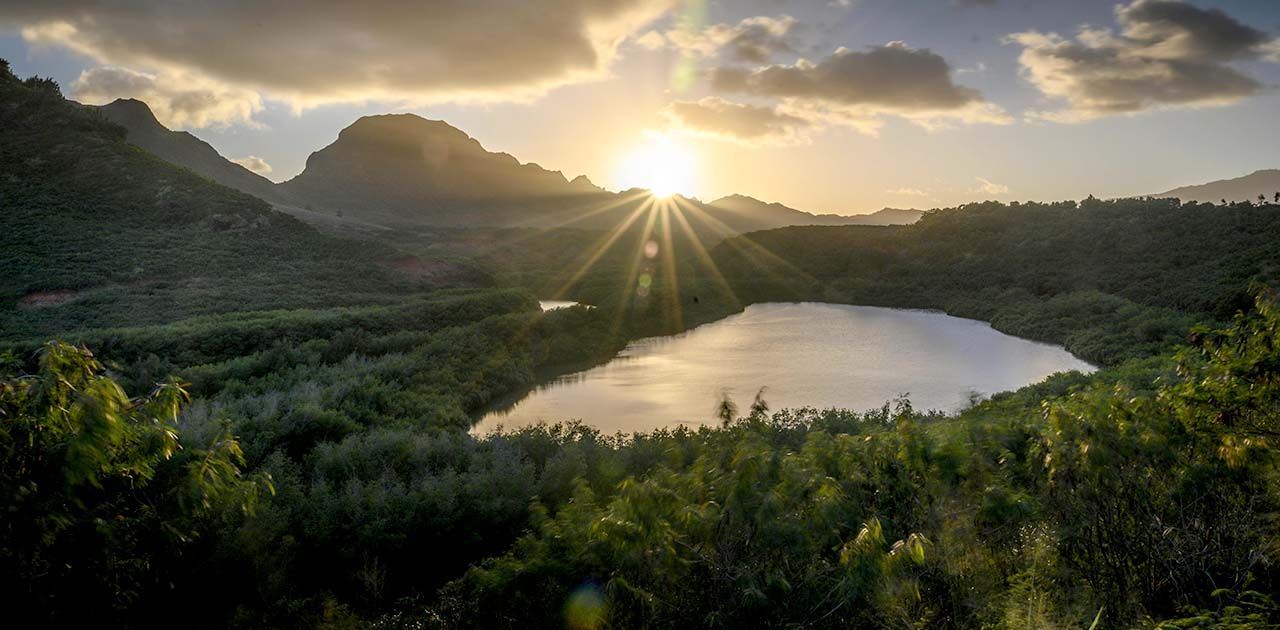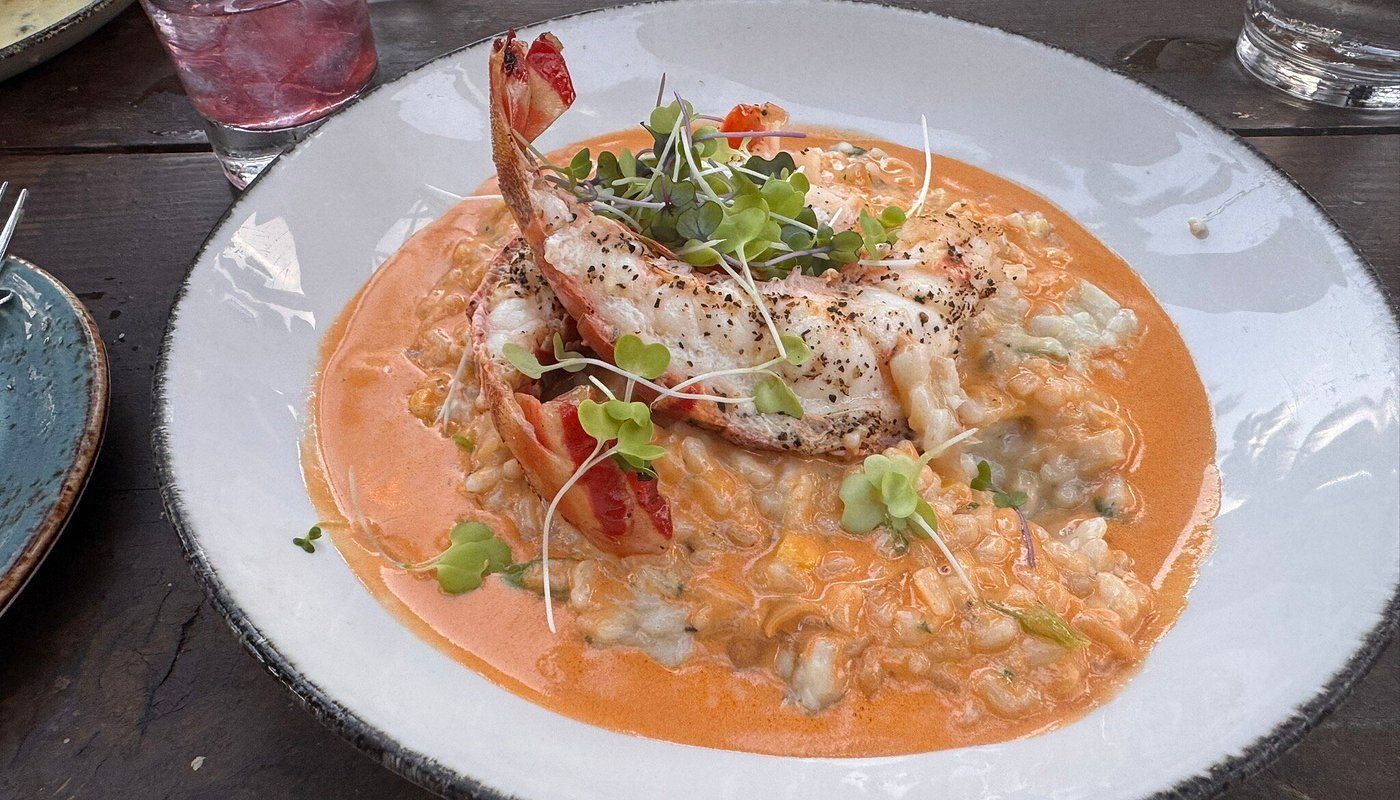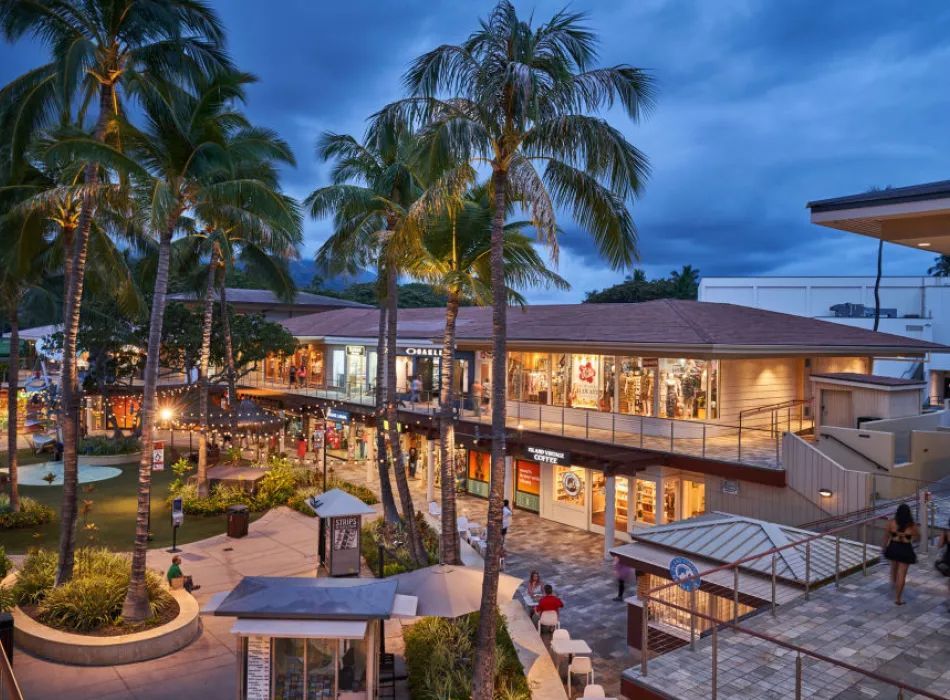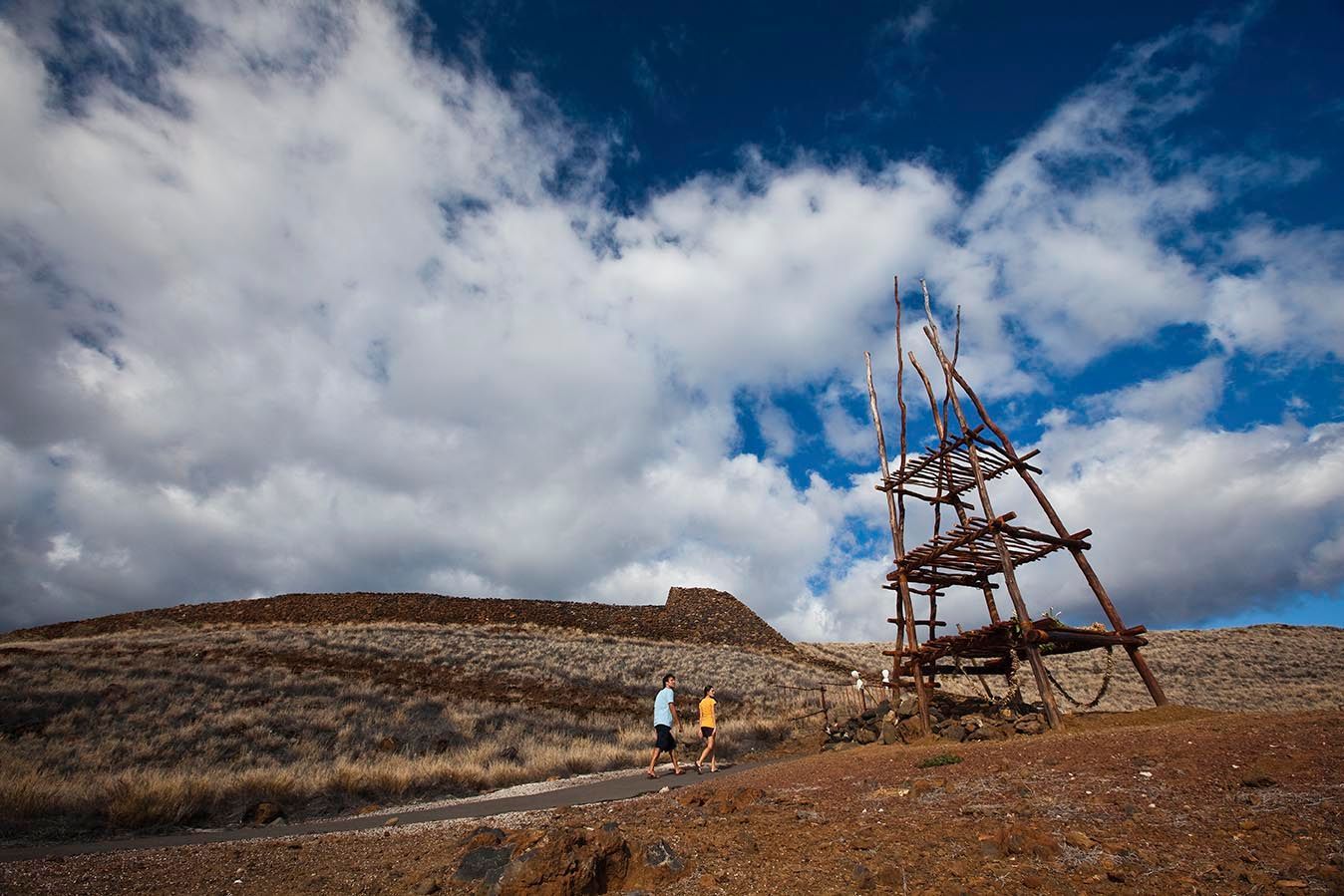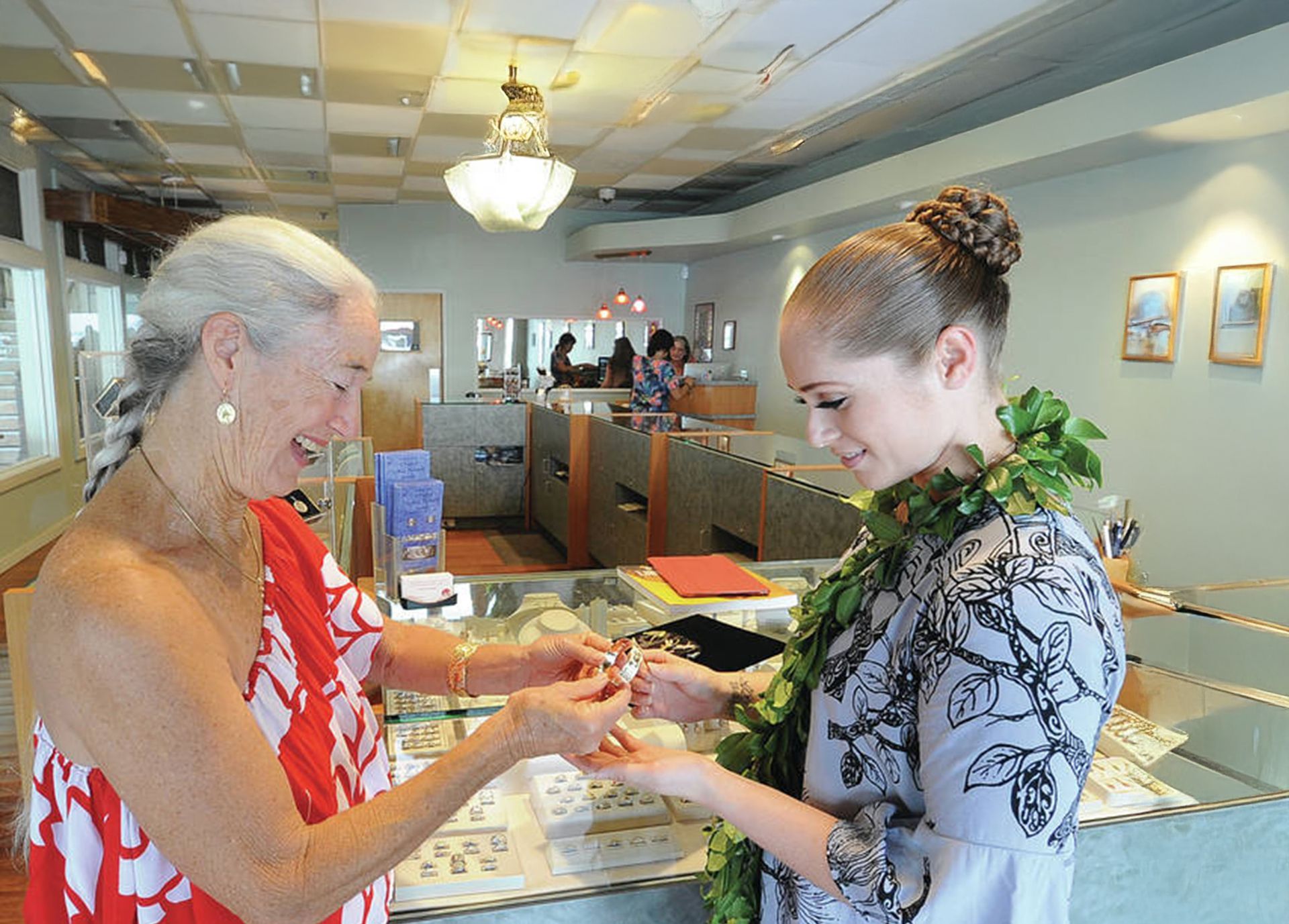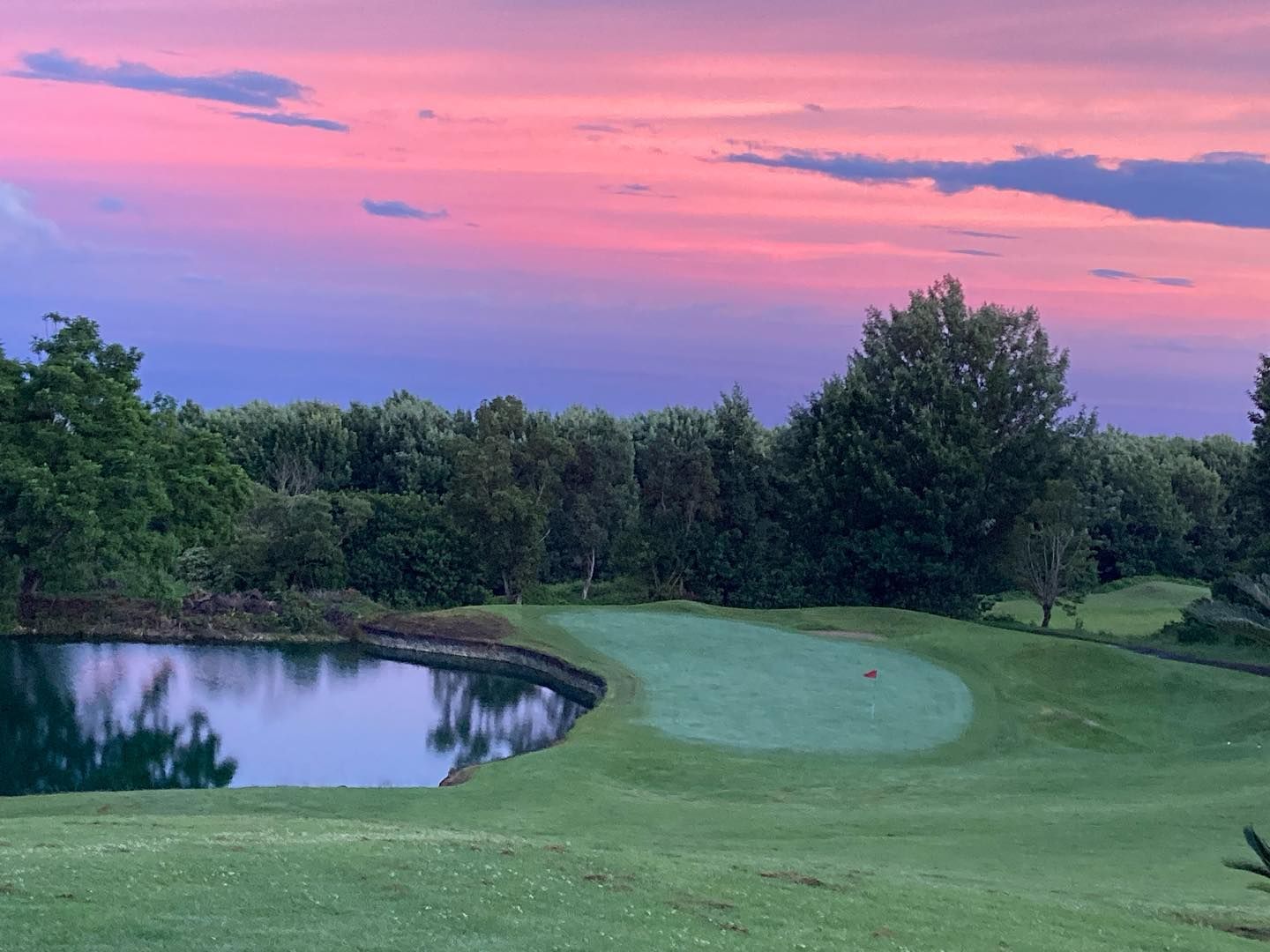Hawaii’s Best Historical Locations
Hawaiʻi is known worldwide for its natural beauty, including turquoise waters, volcanic peaks, and lush valleys. However, its cultural history is equally rich and captivating.
From sacred Hawaiian temples to pivotal World War II landmarks, each island holds stories that span centuries. For visitors eager to go beyond the beaches and immerse themselves in the islands’ past, Hawaiʻi offers some of the most fascinating historical sites in the Pacific.
In this guide, we’ll explore the best historical locations across the islands, why they matter, and what you can expect when visiting them.
The Ancient History of Hawaiʻi
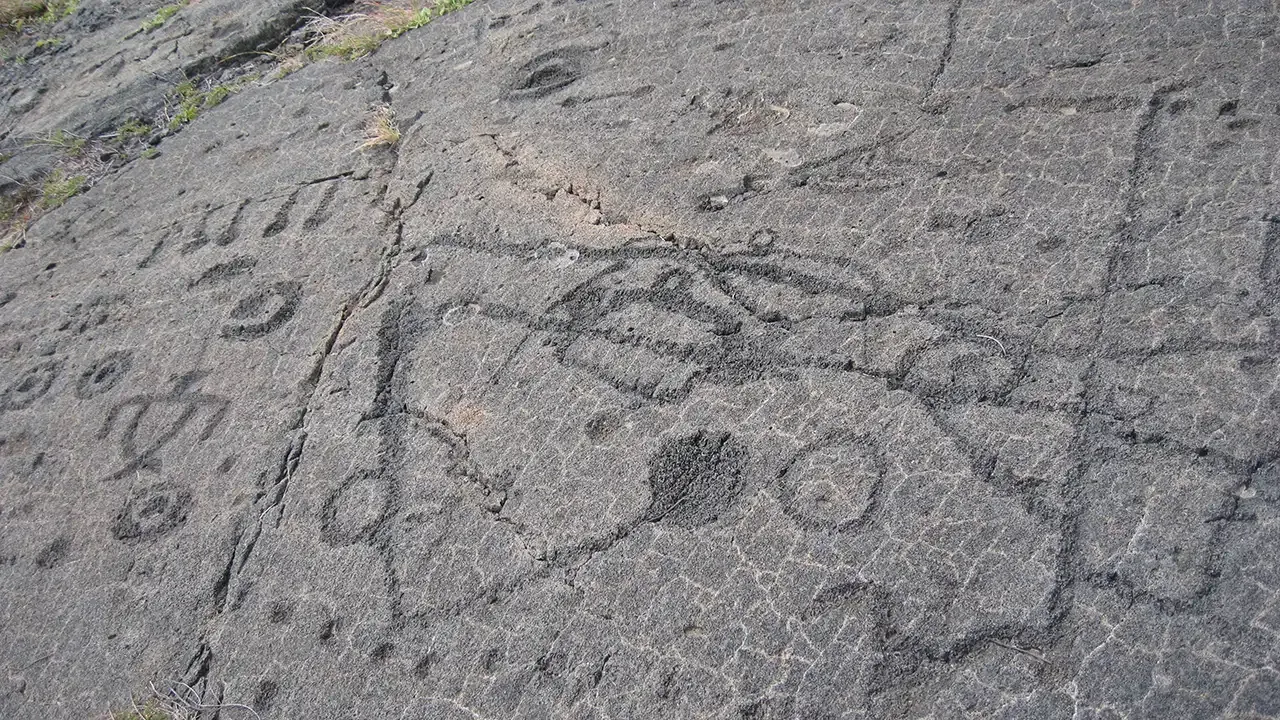
Long before Hawaiʻi became part of the United States, it was home to a thriving Polynesian culture with deep traditions and sophisticated knowledge of navigation, agriculture, and community life.
Traces of this era remain preserved in temples, petroglyphs, and cultural landmarks.
Puʻuhonua o Hōnaunau National Historical Park (Big Island)
Known as the “Place of Refuge,” Puʻuhonua o Hōnaunau was once a sanctuary for those who broke kapu, the sacred laws of ancient Hawaiʻi. If a person could reach the puʻuhonua, a place of refuge, they were absolved and given a second chance at life.
Today, the site features reconstructed temples, wooden kiʻi (carved statues) of Hawaiian gods, and royal fishponds that provide insight into Hawaiian spiritual practices. A self-guided walking tour takes you along the coast, where history and natural beauty converge.
Puʻukoholā Heiau (Big Island)
Built under the command of King Kamehameha I in the late 1700s, Puʻukoholā Heiau stands as one of the most significant temples in Hawaiʻi. It is believed that this heiau played a crucial role in Kamehamehaʻs quest to unify the Hawaiian Islands. As told by stories passed down through generations, the king followed a prophecy from a kahuna that said he would conquer Hawaiʻi if this temple was built in dedication to his family’s war god, Kukaʻilimoku.
Visitors can walk the trails surrounding the heiau while learning about Kamehameha’s rise to power.
Iao Valley State Monument (Maui)
Nestled in central Maui, ʻĪao Valley is both a breathtaking natural wonder and a historic battleground. In 1790, King Kamehameha I fought the Battle of Kepaniwai here, a pivotal conflict in his campaign to unify the islands. Kepaniwai is the Hawaiian word for “Dammed Stream” in reference to the blockage of water by the bodies of warriors. At this time, King Kamehameha advanced his opportunity to takeover the island of Maui while its ruler, King Kahekili, was away. The battle was unforgiving and marked the most devastating defeat in Maui’s history.
The valley’s iconic landmark, the Kūkaʻemoku, also known as the ʻĪao Needle, rises 1,200 feet above the valley floor and has long been a sacred site. Interpretive signs along the trails offer explanations of the area's cultural and historical significance.
Petroglyphs of Hawaiʻi
Across the islands, ancient Hawaiians carved images into lava rock to record stories, events, and spiritual beliefs. On the Big Island, you’ll find extensive kiʻi pōhaku (petroglyph) fields at Puakō Petroglyph Archaeological Preserve and Hawaiʻi Volcanoes National Park.
On Molokaʻi, petroglyphs can be seen at Kawela and other sites. Each image, whether of humans, animals, or canoes, is a window into the lives of Native Hawaiians centuries ago.
The Royal Legacy of Hawaiʻi
Hawaiʻi is the only U.S. state that was once a kingdom, and remnants of its royal past can be found in palaces and sacred burial sites.
ʻIolani Palace (Oʻahu)
Located in downtown Honolulu, ʻIolani Palace is the only royal palace on American soil. Completed in 1882, it served as the official residence of King Kalākaua and his sister and successor, Queen Liliʻuokalani, who later ruled the Hawaiian monarchy. The Palace was used to host royal dinners, diplomatic receptions, and official state ceremonies.
The Palace features ornate European-style architecture blended with Hawaiian motifs and was equipped with modern amenities, such as electric lighting, indoor plumbing, and a modern communications system, even before the White House was built.
Guided tours allow visitors to walk through the throne room, royal bedrooms, and the chamber where Queen Liliʻuokalani was held under house arrest.
Royal Mausoleum State Monument, or Mauna ʻAla (Oʻahu)
Mauna ʻAla, in the Nuʻuanu Valley of Oʻahu, is the final resting place for members of Hawaiʻi’s royal families. Built in 1865, it houses the remains of kings, queens, princes, and princesses, including King Kalākaua and Queen Liliʻuokalani.
The mausoleum grounds are serene and sacred, offering a quiet reflection on Hawaiʻi’s monarchy. To this day, the site is used in traditional rituals and offerings, honoring noble Hawaiian monarchs, their stories, and role in shaping Native Hawaiian history. Although the grounds are open daily, it is recommended that visitors contact the site to avoid ceremonial events and potential parking impacts.
Huliheʻe Palace (Big Island)
On the waterfront of Kailua-Kona, Huliheʻe Palace was once a vacation residence for Hawaiian royalty. It was originally built out of lava rocks by the High Chief of the island of Hawaii, John Adams Kuakini, during the 19th century. Today, it’s a museum showcasing Victorian artifacts, furniture, and heirlooms from the era of the kingdom.
Operated by the Daughters of Hawaiʻi, the palace brings to life the elegance of royal Hawaiian society.
Hawaiʻi’s Role in World War II
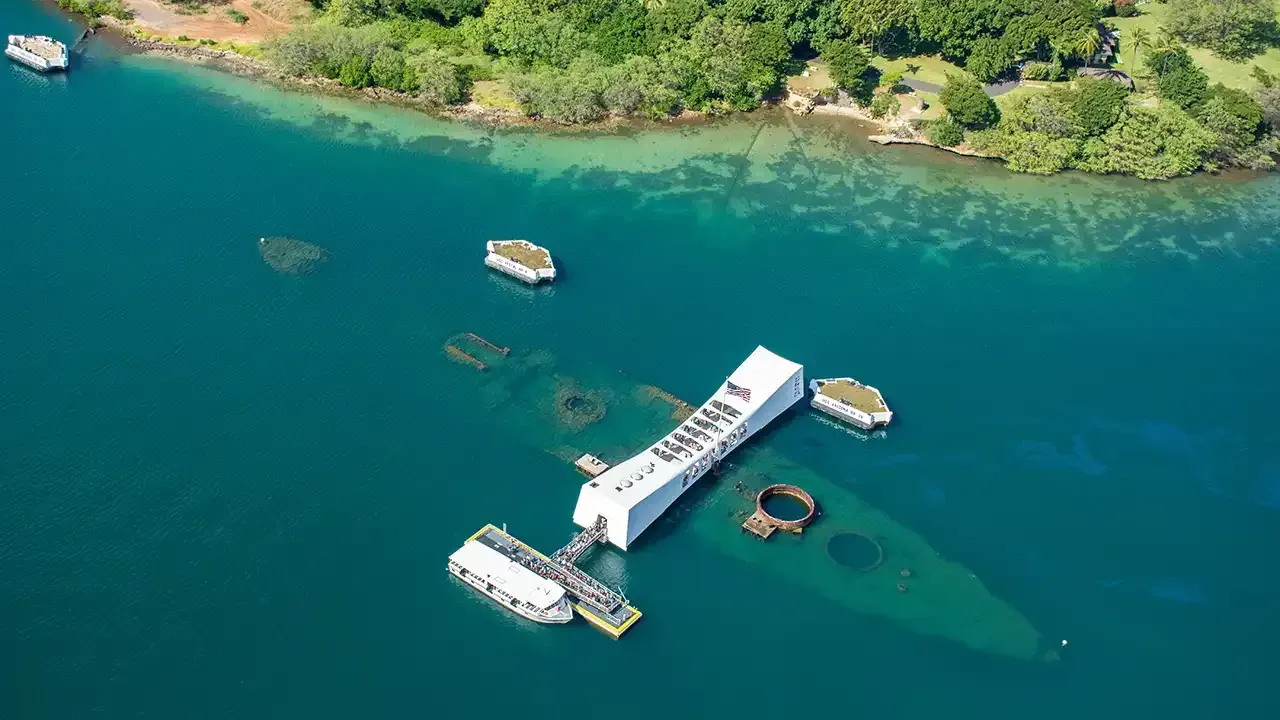
Hawaiʻi played a critical role in World War II, and its history is preserved at sites that continue to draw millions of visitors each year.
Pearl Harbor National Memorial (Oʻahu)
Perhaps the most famous historic site in Hawaiʻi, Pearl Harbor memorializes the December 7, 1941, attack that drew the United States into World War II. The USS Arizona Memorial, built directly above the sunken battleship, honors the lives lost during the attack.
You can also explore the Pacific Fleet Submarine Museum, the Battleship Missouri Memorial, and the Pearl Harbor Aviation Museum to gain a comprehensive understanding of Hawaiʻi’s wartime history. Reservations are highly recommended due to high demand and parking is limited
Fort DeRussy (Oʻahu)
Located in Waikīkī, Fort DeRussy is a military reservation that now houses the U.S. Army Museum of Hawaiʻi. The museum chronicles Hawaiʻi’s military history, from ancient Hawaiian warriors to modern conflicts.
Kalaupapa National Historical Park (Molokaʻi)
While not tied to World War II, Kalaupapa tells another vital chapter of history. In the 19th century, individuals diagnosed with Hansen’s disease (leprosy) were exiled to this remote Molokaʻi peninsula.
Plantation History and Immigration In The Hawaiian Islands
Hawaiʻi’s cultural diversity stems from waves of immigration that began in the 19th century, driven by the development of sugar and pineapple plantations.
Laborers from China, Japan, the Philippines, Portugal, and other countries came to Hawaiʻi, leaving behind a multicultural legacy that continues to shape island life.
Alexander & Baldwin Sugar Museum (Maui)
Situated near what was once Hawaiʻi’s largest sugar mill, this museum tells the story of the sugar industry that shaped modern Hawaiʻi. Exhibits include plantation equipment, worker housing displays, and personal stories from immigrant families.
Kauaʻi Museum (Kauaʻi)
In Līhuʻe, the Kauaʻi Museum highlights the island’s history from its Hawaiian roots to the plantation era. Collections include Native Hawaiian artifacts, missionary-era documents, and displays that celebrate Kauaʻi’s diverse immigrant cultures.
Lahaina Historic District (Maui)
Before the August 2023 wildfire, Lahaina was home to more than 60 historic sites, including the Baldwin Home Museum and the Wo Hing Temple.
Many of these landmarks were lost, but Lahaina’s role as a whaling port, missionary town, and capital of the Hawaiian Kingdom remains central to Hawaiʻi’s story. Restoration efforts are ongoing, and visitors can still learn about Lahaina’s significance through cultural centers and exhibits dedicated to its legacy.
FAQs About Hawaii’s Historical Locations
What is the most famous historical site in Hawaiʻi?
The Pearl Harbor National Memorial on Oʻahu is the most visited site, honoring those lost in the 1941 attack and featuring the USS Arizona Memorial, Battleship Missouri, and museums.
Are Hawaiian heiau open to visitors?
Yes, many are. Sites like Puʻukoholā Heiau (Big Island) and Hale o Piʻilani Heiau (Maui) are accessible, though they remain sacred—so always visit respectfully.
How long should I plan to spend at ʻIolani Palace?
Tours last approximately 60–90 minutes, but allow two hours if you'd like to explore the exhibits and palace grounds at your own pace.
Can I visit Kalaupapa independently?
No. Entry is restricted, and all visitors must participate in a guided tour accompanied by a permit. These tours share the community’s history and legacy.
What’s the best way to learn about plantation history?
Museums like the Alexander & Baldwin Sugar Museum (Maui) and the Kauaʻi Museum highlight the cultures of sugar, pineapple, and immigrants that have shaped modern Hawaiʻi.
Are historical sites in Hawaiʻi family-friendly?
Yes. Pearl Harbor, ʻIolani Palace, and cultural parks like Puʻuhonua o Hōnaunau are engaging for kids, though Kalaupapa is best for older visitors.
Do I need reservations to visit these places?
Some do, such as Pearl Harbor and ʻIolani Palace, which require bookings. Others, such as ʻĪao Valley and Puʻukoholā Heiau, allow walk-ins with small entry fees.
Which island has the most historical sites?
Oʻahu holds the highest concentration, featuring notable landmarks such as ʻIolani Palace, Pearl Harbor, and royal burial sites. However, each island has unique landmarks worth visiting.
Are there free historical sites to visit?
Yes. Many state and national parks with heiau, petroglyphs, or battle sites are free or charge only a small parking fee.
What’s the oldest historical site in Hawaiʻi?
Ancient heiau and petroglyph fields, some dating back over 1,000 years, are the oldest preserved cultural sites in the islands.
Hawaii Has A Rich History
Hawaiʻi’s best historical locations offer travelers a chance to walk through time, from ancient temples and royal palaces to World War II memorials and plantation towns.
Exploring these sites provides a deeper understanding of the islands and their history, enriching your overall experience. Whether you find yourself in the quiet halls of ʻIolani Palace, examining centuries-old carvings, or contemplating at Pearl Harbor, each location offers a unique perspective on Hawaiʻi’s story.

